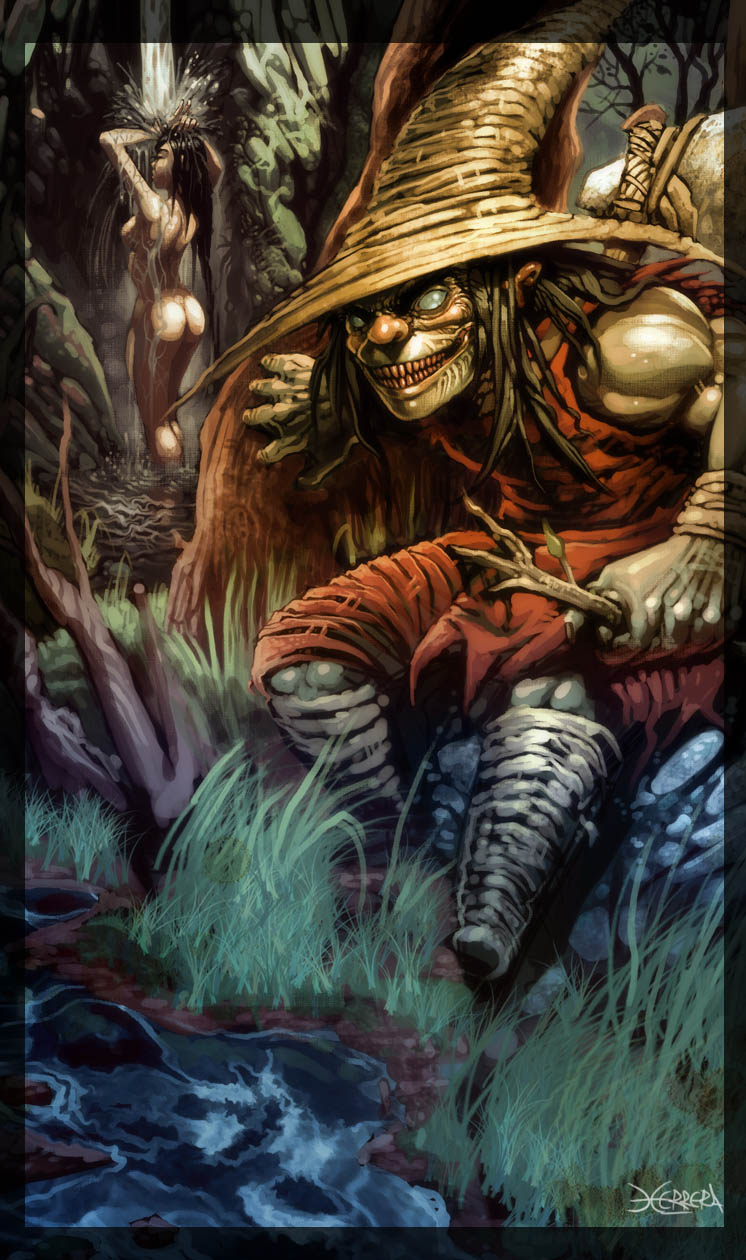I'm not familiar with his work, I'm mostly familiar with Neo-Platonic stuff, Taoism, Vajrayana Buddhism, and Bardon's Hermetics.
The way I understand most 'occult' systems is they're essentially ways of hacking your mind through forming very elaborate experiential and conceptual associations. If you look at the Five Dhyani Buddhas in Tibetan Buddhism it's basically a conceptual framework for relating colours, tastes, emotions, mental qualities/virtues, cardinal directions, textures, etc, etc, all within a common five part associative scheme. Then you make these associations so extensively that you basically knit all of your experiences together, across all the different registers of experience, until you can make really fine adjustments to your experience, or see that it's all fundamentally the same.
And the interesting thing is that it's arbitrary, the classic elements work because there aren't too many of them or too few of them, so they're sufficiently simple and complex; and each element (water, fire, etc) has a distinct quality that makes the categories pretty strongly defined. It's not that the world is really made of fire and water and all that, but if we relate water to fluidity, or fire to heat, or whatever, then we can make these categories really permeable and descriptive. And then once you do you can use these associations as points of leverage.






